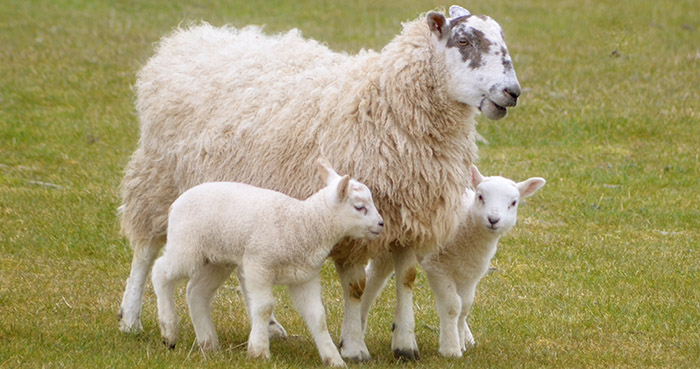High worm egg counts caused by a mild winter combined with the decreased immunity in pregnant ewes is the perfect storm for large worm burdens in growing lambs, experts are warning.
Pregnant ewes representthe major source of gastro-intestinal parasites for growing lambs. Around two weeks before lambing, until six weeks post lambing, ewes are more likely to shed worm larvae due to decreased immunity. This is known as the spring rise, this is why ewes should be prioritised for worm control now.
Hefin Rowlands, winner of National SQP of the Year 2018 and Farm SQP of the Year in 2018, has seen worm egg counts as high as 1,000 eggs per gram (epg), the threshold for treatment is at 250 epg or above.
He said: “This is a very high figure so early in the season, farmers really should be looking at worming their sheep prior to lambing.”
Dr Dave Armstrong from Zoetis suggests it may be worth leaving the single-bearing ewes untreated and instead monitor their worm egg counts.
He said: “By injecting ewes with long-acting moxidectin prior to lambing farmers can minimise the use of other anthelmintic treatments in that breeding year and can reduce pasture contamination for those sheep which will graze the pasture in the next year.
“With the annual cost of stomach worms to the British Sheep industry estimated to be about £84 million, sheep farmers need to be looking at ways to reduce losses on farm due to worms, but in a responsible way.”
“CYDECTIN Long Acting Injection for Sheep has been proven to control the spring rise and reduce lamb worm egg counts throughout the season,” he added.


